Did Ed Gein Help Find Ted Bundy? The Truth Behind the 'Monster' Season 3 Finale
The Netflix true-crime series veers away from reality when it connects two of America's most infamous killers.
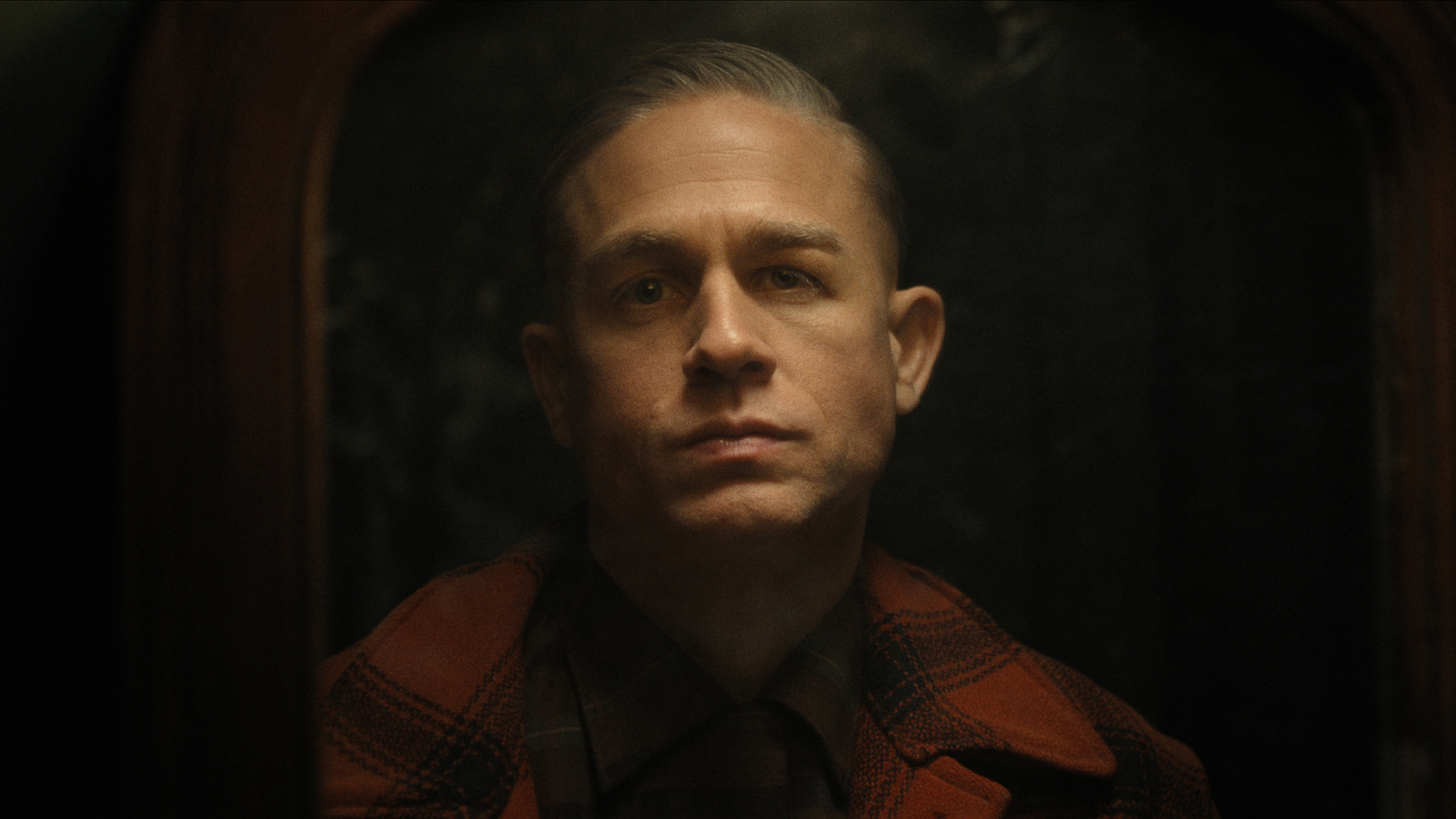

In season 3 of Ryan Murphy and Ian Brennan's anthology Monster, the series explores Ed Gein's influence on the cultural image of the serial killer. In addition to fictionalizing Gein's life, the eight-episode season also highlights the figure's impact on the horror genre—with a special focus on 1960's Psycho—and the infamous murderers who came after him. The finale even makes a connection between Gein and another bogeyman: Ted Bundy.
In the Monster: The Ed Gein Story finale, the true-crime drama takes a spin à la Mindhunter with a storyline about how the show's lead (played by Charlie Hunnam) was involved in the capture of Ted Bundy. After the season's debut on October 3, fans are wondering how much of this storyline is fact or fiction. Below, we break down the truth of the Monster: The Ed Gein Story finale.
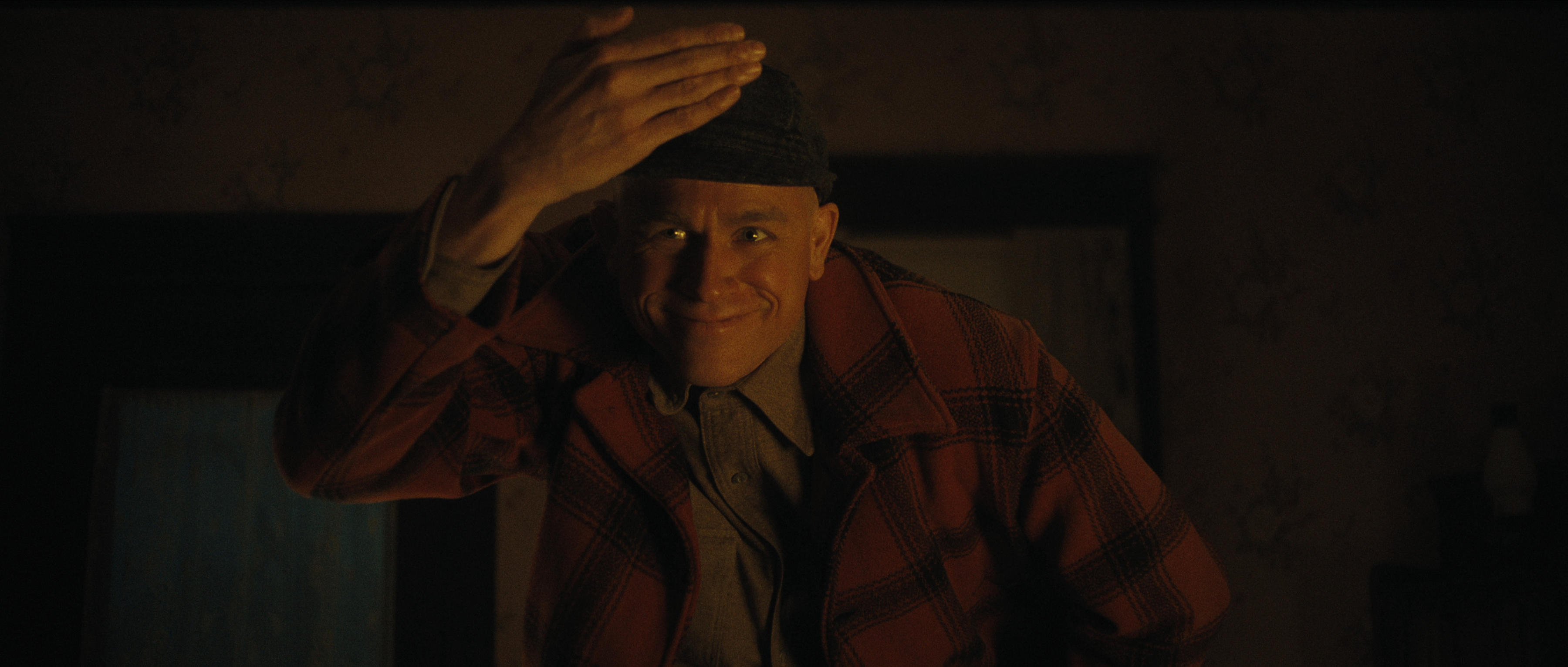
Ed Gein (Charlie Hunnam) in Monster: The Ed Gein Story.
Ed Gein was diagnosed with schizophrenia after his capture.
In both Monster and in real life, Ed Gein was arrested in 1957 for the murder of hardware-store owner Bernice Worden (played by Lesley Manville in Monster). Gein eventually confessed to murdering both Worden and tavern owner Mary Hogan, as well as exhuming several graves for his gruesome harvesting.
Shortly after his arrest, court-appointed psychiatrists diagnosed Gein with schizophrenia. He spent the rest of his life in mental hospitals receiving treatment. After initially being deemed mentally unfit to stand trial, in 1968, a judge found Gein guilty of Worden’s killing, but also not guilty by reason of insanity, according to A&E. In 1984, Gein died of respiratory failure at the age of 77.
Throughout its episodes, Monster blurs the line between imagination and reality for not only Gein, but also people who attempt to understand his crimes, including Psycho actor Anthony Perkins. In an interview with Tudum, Murphy and Brennan say that the Netflix series was leading towards Gein's diagnosis, suggesting that his life would have been different if he had received mental-health treatment at an earlier age. The piece also alludes to how the audience is meant to question which of Gein's scenes are reality and which are his own delusions, highlighting the question of whether the character of his girlfriend, Adeline Watkins, was a "fantasy" all along.
"He was this bizarre guy that lived in his own world, in his own reality, in total isolation with only one other point of contact," star Charlie Hunnam told the outlet. “And so everything in his life was sort of made up, was a work of his own creation."
"He really lived in that world, and the parameters and fantasies of that world were as real to him as anything else," he added. "It was just his reality. Those manic episodes were the experience he was having, just like anything else."
Get exclusive access to fashion and beauty trends, hot-off-the-press celebrity news, and more.
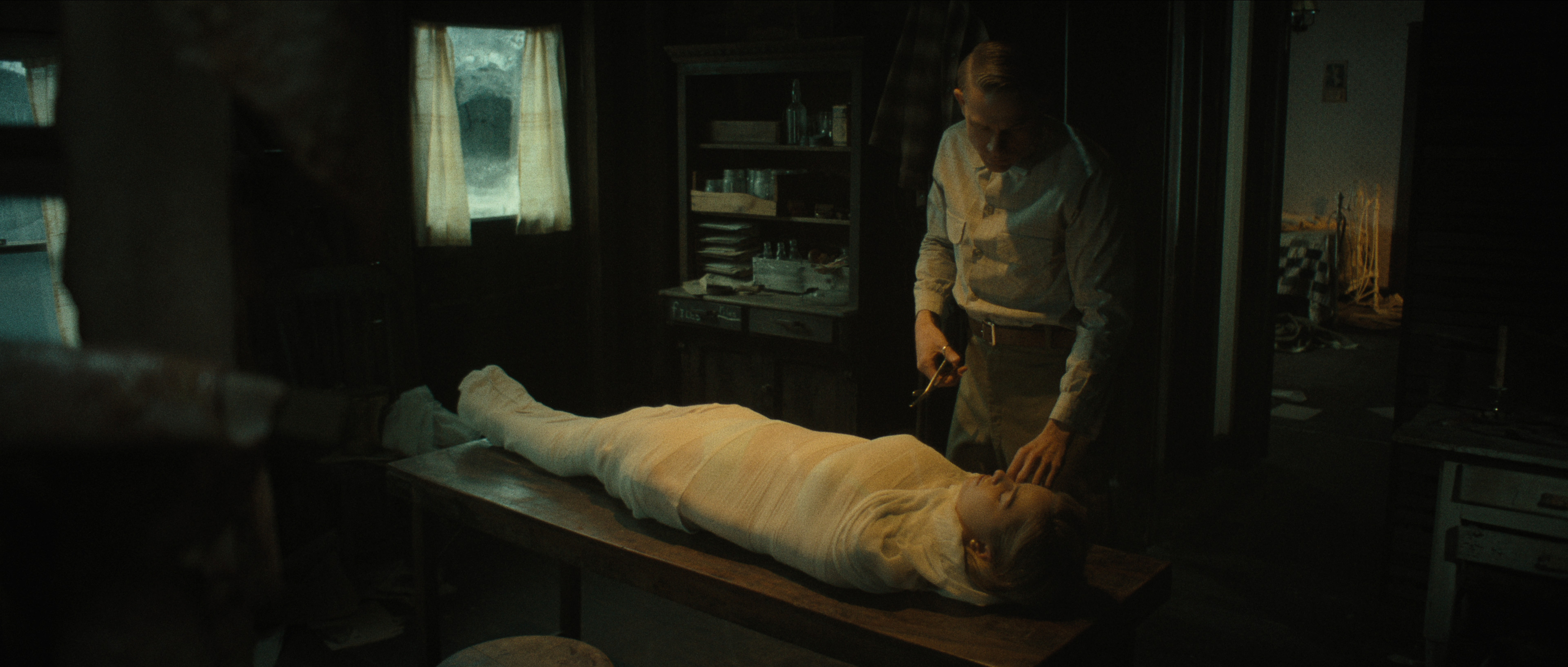
Ed and one of his victims (Addison Rae).
Ed Gein never met the FBI profilers who inspired 'Mindhunter.'
The final episode of Monster: The Ed Gein Story gives a fictionalized depiction of the killer's final years in a Wisconsin mental hospital. At the start of the episode, we follow FBI agents John Douglas and Robert Ressler as they interview serial killer Jerry Brudos as part of the newly-created Behavioral Science Unit. At the end of the talk, Brudos directs the pair to Gein, mentioning he could help with their investigation into Ted Bundy.
Douglas and Ressler did lead the Behavioral Science Unit in the latter half of the 1970s; their work profiling incarcerated serial killers is the inspiration behind Netflix's acclaimed series Mindhunter. This scene even has an Easter egg for fans of the David Fincher series; Jerry Brudos is played by Happy Anderson, the same actor who played the real-life killer in Mindhunter. Brennan admitted to Tudum that the reference was intentional.
"We wanted to underline the last thing tonally that through Silence of the Lambs, [Gein] really influenced Mindhunter as well," Brennan says. "That would be a fun way to put a cap on it, to use this other filmic vocabulary and then talk about the ways that he was part of those early days of FBI profiling."
Monster's scene of Gein's interview with the FBI agents, where he gives important tips that lead to the capture of Bundy, does look like it could slot into the long-rumored Mindhunter season 3. However, Ed Gein never appeared in Mindhunter, and in real life, there's no record that the FBI ever spoke with Gein. Douglas did analyze Gein as a case study in his 1998 book Obsession: The FBI's Legendary Profiler Probes the Psyches of Killers, Rapists and Stalkers and Their Victims and Tells How to Fight Back, but Ed Gein had no part in the work that inspired Mindhunter.
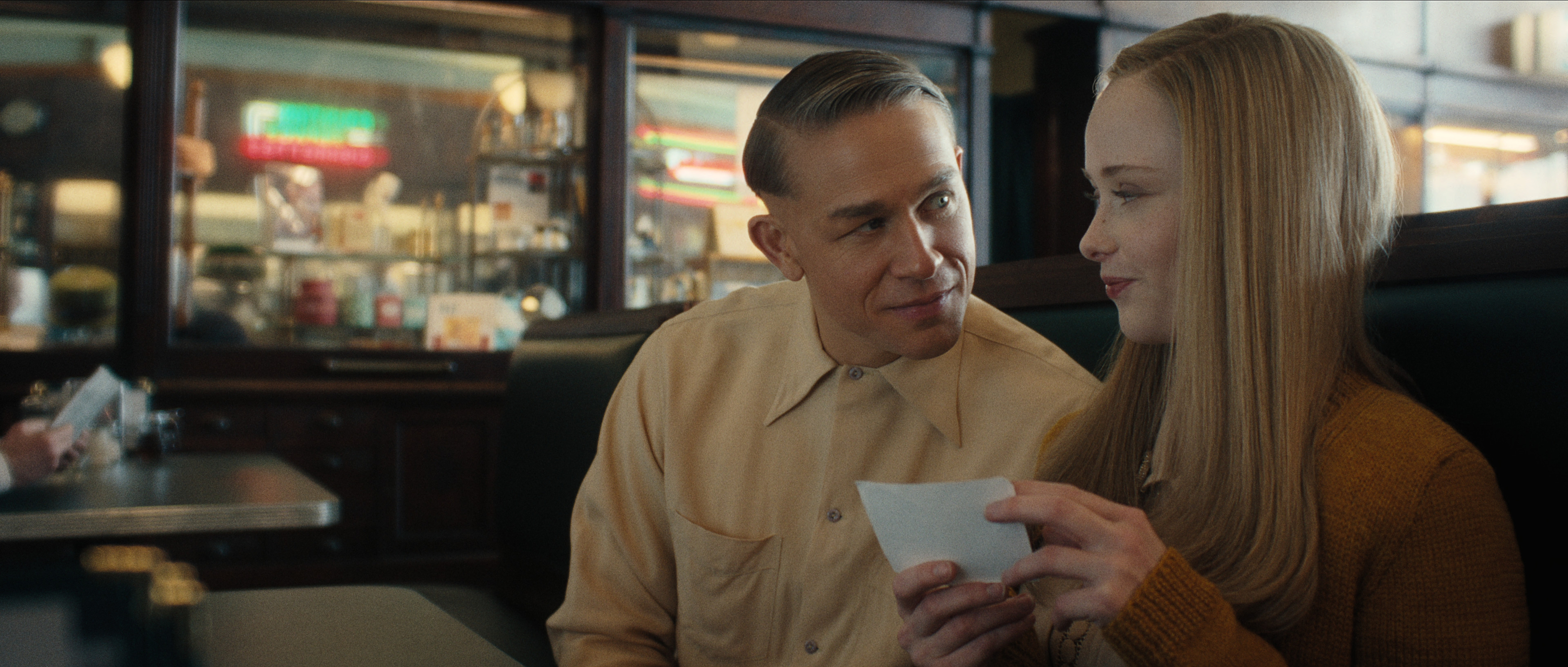
By the end of Monster, it's revealed that Ed imagined his relationship with Adeline (Suzanna Son).
'Monster' hints that Ed Gein's involvement in the arrest of Ted Bundy was a delusion.
In the final episode of Monster: The Ed Gein Story, the veil between Gein's imagination and reality is paper-thin. The finale illustrates that Gein's involvement in Ted Bundy's capture was "a delusion that the hospital nurses take in stride," per Tudum. This imagining is the most realistic of the episode, in which Gein also meets Adeline one last time and communicates with his lifelong obsessions, Ilse Koch and Christine Jorgensen, via a ham radio.
The finale ends with two controversial scenes: one where Gein imagines himself being praised by the many killers his crimes inspired, and another where Gein, on his deathbed, ascends a staircase to be greeted by his mother. By leaning into his delusions, the Monster: The Ed Gein Story hammers in the show's argument, both leaning on Gein's legacy as the man who became one of the earliest true-crime obsessions and highlighting how his mental illness was integral to telling his story.
"It’s a really interesting sort of atonal note that we hit at the end, which I think in a way is right, because we’ve been with him for so long, but he’s also a ghoul," Brennan said of the episode. "He’s also this deeply strange man who did really, really dark things that changed our culture."
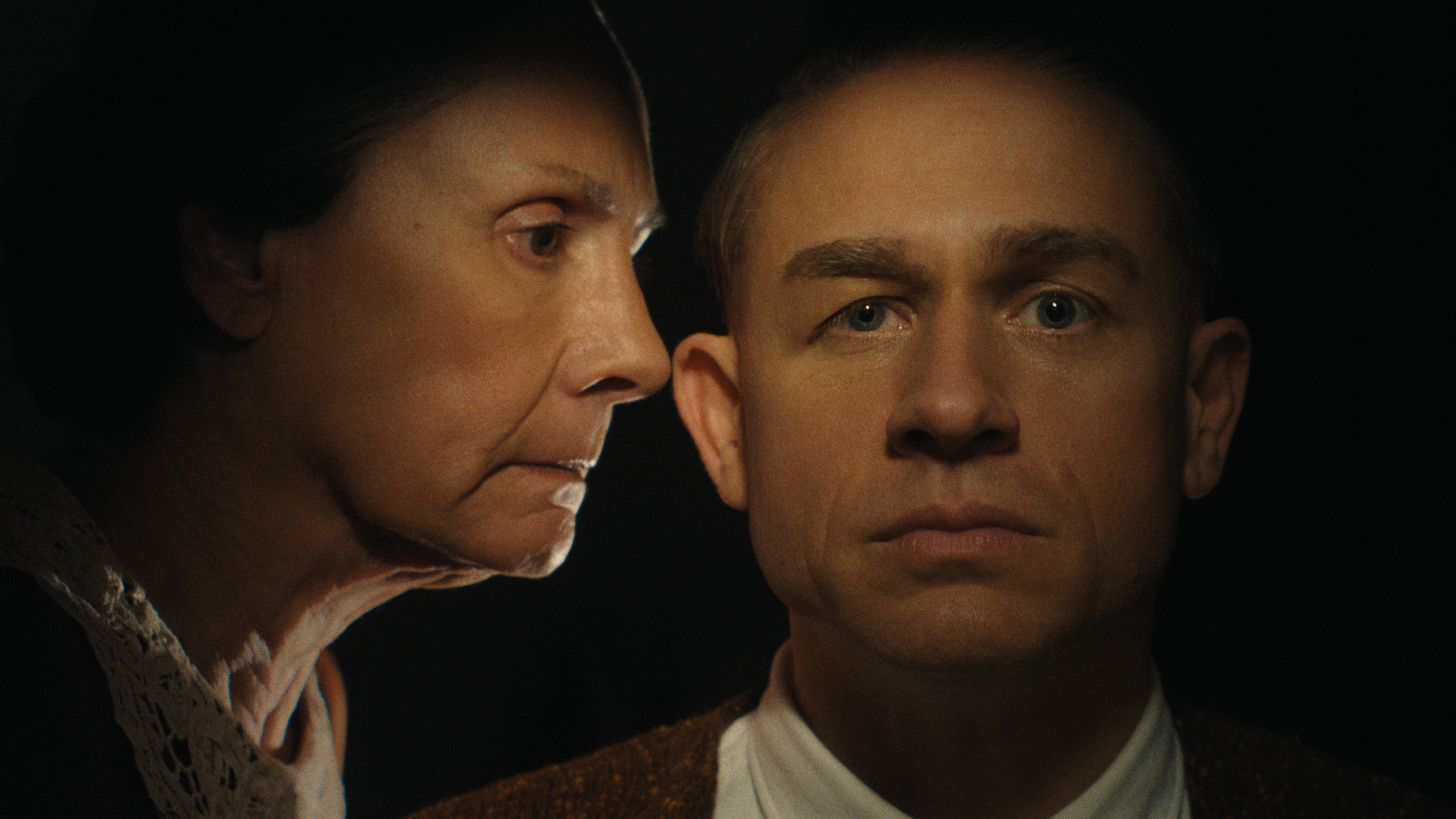
Augusta (Laurie Metcalf) and Ed.
The problem with the creative liberties taken in 'Monster: The Ed Gein Story'
In addition to drawing criticism that the show is glorifying murderers (which Monster has faced throughout its three seasons), the creative liberties it takes—be it in the finale’s final moments or in more minor details throughout—exemplify the show’s hazy relationship with the "true" portion of "true crime."
For instance, while Ilse Koch's trial was widely reported in the U.S., Gein never made any public statements about her, so it's unknown whether she actually influenced his crimes. Also, there's no historical evidence that Gein was ever obsessed with Jorgensen. Brennan told Tudum that he thought it was "cool" to have Jorgensen be the one to tell Gein that his obsession with the female body didn't make him trans, but in real life, there's no evidence that Gein ever crossdressed or questioned his gender. As queer critics have pointed out, the brief clarification comes after Monster spent most of its runtime indulging in transphobic tropes, which isn't great considering the current political climate.
It’s also worth noting that there is no widely known evidence that killers like Bundy or Ed Kemper ever made recorded statements about Gein. Instead, any later cases that had similarities, such as defiling human remains or a toxic relationship with one’s mother, were only "influenced by" Gein in the true-crime canon solely through similarity.
Monster’s habit of fictionalizing also lent to some of what was depicted between Gein and Psycho. As Monster shows, both Robert Bloch's 1959 novel and Alfred Hitchcock's 1960 film drew inspiration from media coverage of Gein. However, Bloch has said that he was merely inspired by the circumstances of Gein—"the notion that the man next door may be a monster unsuspected even in the gossip-ridden microcosm of small-town life." A Hitchcock scholar also told Business Insider that most of the details of Monster's Psycho episodes, including Hitchcock making a replica of Gein's house and telling Perkins that he cast the actor because he was closeted, don't hew to the director's real-life practices at all.
Monster: The Ed Gein Story may be a “true-crime” series, but it constantly turns toward fiction, from leaning on flimsy connections between Gein and other historical figures to depicting the killers committing murders he was never found guilty of in real life. If telling the Ed Gein story requires playing fast and loose with true events, does it need to be told?

Quinci LeGardye is a Culture Writer at Marie Claire. She currently lives in her hometown of Los Angeles after periods living in NYC and Albuquerque, where she earned a Bachelor’s degree in English and Psychology from The University of New Mexico. In 2021, she joined Marie Claire as a contributor, becoming a full-time writer for the brand in 2024. She contributes day-to-day-content covering television, movies, books, and pop culture in general. She has also written features, profiles, recaps, personal essays, and cultural criticism for outlets including Harper’s Bazaar, Elle, HuffPost, Teen Vogue, Vulture, The A.V. Club, Catapult, and others. When she isn't writing or checking Twitter way too often, you can find her watching the latest K-drama, or giving a concert performance in her car.